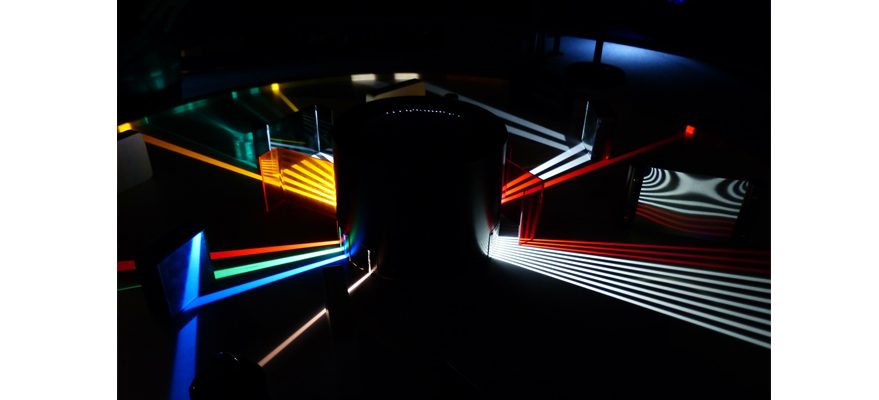Carbon dioxide is both invisible and dangerous, but with a new generation of infrared lights, the cloak may be lifting. CO2 buildups often happen at a crawl, and in many confined places (some that may seem more obvious than others), the issue is of constant concern. Detection devices and alert systems are deployed in places as variable as submarines and suburban homes, but a new way of using these system tools may prove to be groundbreaking in the constant battle to cut back on energy consumption.
Devices that measure CO2 levels are already based in light: infrared light, to be exact. As the light passes through gas, molecules cutting through the wavelengths give off an absorption rate that’s an immediate indicator of the amount of CO2 present. The IR light has been commonly created by filament over the years, but this will soon change. And that change is critical.
LED-based infrared light systems have many benefits over the more conventional filament concept. From an energy usage viewpoint, LEDs are vastly superior. CO2 detection devices must run 24/7, and many cases are in large, critical areas, so these savings can prove to be massive over time.
But CO2 detection is not merely for safety in areas where humans work and live; it can also include highly technical readings necessary for industrial settings, such as food storage and packaging. Quick and exact readings from LED-powered sensors have proven to be a worthwhile investment for those in the field, for both accuracy and energy usage.
Additional benefits of LED CO2 sensors (compared to filament) may be less obvious. LEDs can be tuned to produce a single, low-energy wavelength, in this case that can detect CO2, which is less wasteful than the wide untargeted, net a filament bulb casts. The LED sensors can also be powered by small lithium batteries and do not always require wiring in the same way that a conventional light source does.
The field of air-quality monitoring will continue to evolve, and it seems likely that LEDs will play a role in this evolution. Photometric standards will be key in discovering just how far it can go, as we build a world where CO2 detection can be done with energy efficiency in mind.


